written by John Mounts | photos by Joni Kabana
Striking and graceful, Acosia Red Elk leads a resurgence of American Indian jingle dress dancing while healing her body and mind.
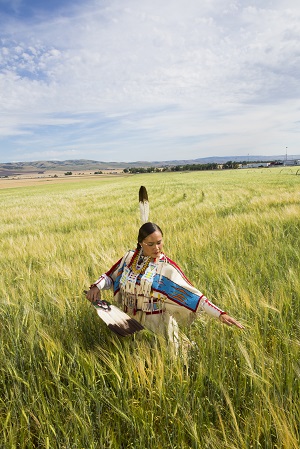
Iron Horse, the host drum group, begins thumping. Then thumping louder. A yowl of high-pitched voices soon follows. The dancers begin a slow, syncopated, counter-clockwise swirl. It’s the grand display of a resurgent culture of jingle dancing and traditional American Indian music playing out here and across the country.
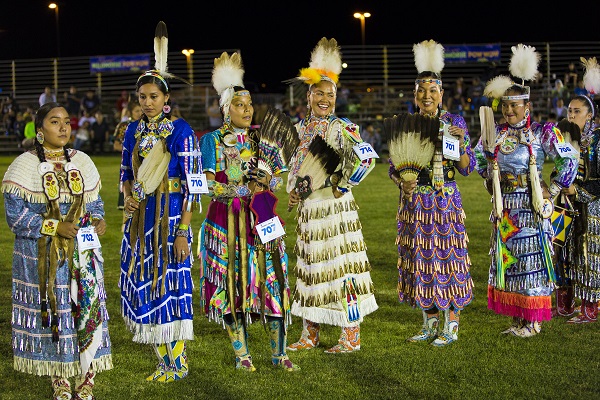
Dancers and drummers representing every state west of the Mississippi as well as the western provinces of Canada have come to compete for more than $90,000 in prize money. The large purse for this powwow has attracted a stellar field of competitors such as reigning world champion jingle dress dancer Acosia, “Young Swan Rising From the Water,” Red Elk. A determined, strong, and multifarious competitor, the 34-year-old Acosia was born, raised and lives on the Confederated Tribes of the Umatilla Indian Reservation.
Although the roots of the confederation date back to 1855, it wasn’t until 1949 that the Cayuse, Walla Walla and Umatilla tribes officially adopted a constitution. Their land reserves today are estimated to be about 173,000 acres. Tribal membership holds around 2,700 enrollees.
Red Elk’s bloodline can be traced back to Chief Joseph, the revered leader of the Nez Perce people. It was after surrendering to U.S. Army leaders at the 1877 Battle at Bear Paw in northern Montana that Chief Joseph prophetically declared, “From where the sun now stands, I will fight no more forever.”
“When we go out there and dance, we feel this connection that we’re showcasing our culture and our connection to the earth for the non-natives as well as the natives,” said Red Elk. “I wonder how many Indians are feeling proud to be an Indian when they are watching us.”
Modern powwows have become serious business. In Oregon alone, an estimated one hundred powwows are staged each year. Much like cowboys in the Professional Rodeo Cowboys Association, where riders chase rodeos from one town to the next, powwow participants are nomadic entertainers on a circuit known as the powwow trail. It’s not uncommon for the most dedicated of these dancers and drummers to hit the road and compete in dozens of events every year. Indeed, many powwows are held in tandem with pro rodeos, such as the Pendleton Round-Up, held every September just nine miles away.
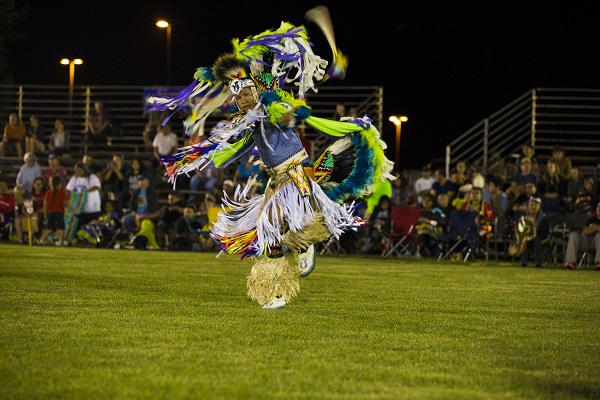
“Powwows are a way for a community to showcase the positive accomplishments of the tribe,” said Wildhorse Resort & Casino master of ceremonies, Thomas Morning Owl, who also serves as official interpreter for the Umatilla reservation. “Our shows are commercial, fast-paced, scripted and offer an extremely high caliber of competition.”
Adjacent to the dance arena sit 200 male singers huddled around ten large leather-bound drums. They compete in groups, with names such as Eagle Spirit, Little Island Cree, High Water and Lock Horns. They provide a high-octane basso continuo for the night’s program. The dancing would seem diminished if not for the thundering drums and the high-spirited wailing.
“The drum gives you a natural high,” said 35-year-old Yakama Indian, Caseymac Wallahee, leader of the drum group, Wild Rose. “It’ll give your spirit a kick-start. Once you hit that drum and feel the vibrations and feel the power from that drum, it just gets your body going.”
Back in 1998, Acosia Red Elk along with Paris Leighton, her husband at the time, decided to seek fame and fortune on the Powwow Trail. The talented couple soon found it. The combination of Red Elk’s jingle dancing and Leighton’s traditional dancing paid off—their combined earnings reaching $70,000 in some years. “We would go to fifty powwows a year out of the fifty-two weekends,” said Red Elk. “We did that for ten years straight.”
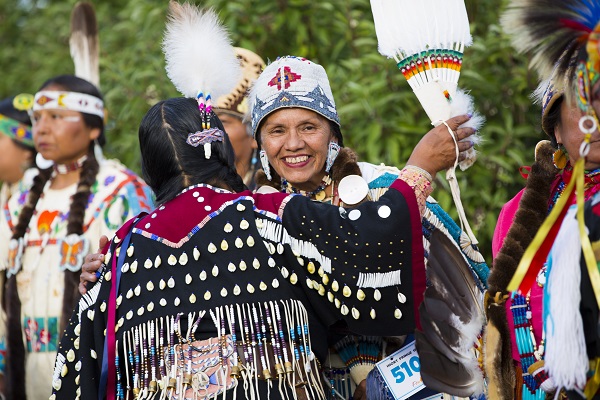
The Gathering Of Nations Powwow in Albuquerque, New Mexico in April 2005 was the capstone event for the then 25-year-old Red Elk, who walked off with her second of what would eventually become seven World Championship jingle dance titles. She also won “Head Woman Dancer,” an honor bestowed upon the top female dancer of the year, regardless of category.
The Jingle Dress Dance, also known as the “Prayer Dance” or “Healing Dance,” was born from legend. Many say it originated with the Ojibwe people in northern Minnesota near the Canadian border. As the story goes, a holy man’s granddaughter became very sick one day and, in a dream, his spirit guides told him to make a jingle dress, as it would heal her affliction. He did so, and she began dancing in the dress. As time wore on, his granddaughter’s health was restored.
The jingle dress itself is a sight to behold. Starting with a solid fabric, often cloth or leather, “jingles”—hundreds of them—are sewn in neat rows directly into the dress or on ribbons, or taped to the dress. Each tin or aluminum jingle is sewn close to the next. Originally, these were flattened lids of snuff cans then rolled and shaped into tepee-like cones. The dress is said to be “happy” when the clinking from the jingles brings it to life.
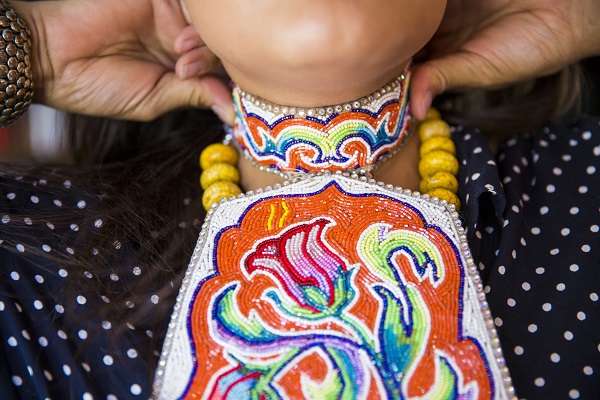
To impress the judges in today’s contemporary style of dancing, contestants must demonstrate intricate footwork and graceful body movements. They must also exhibit a sense of poise under pressure. Other subjective considerations such as pedigree, regalia, style, timing and rhythm also play a role in the scoring.
“I get into a trance when I’m dancing,” said Red Elk. “It’s the sound of the repetitive drums and the sound of the cones releasing that energy. You get so in the zone that you don’t even know what happened until you’re done. It’s crazy.”
The path to success, however, has not always been a smooth one for a single mother of two teenagers. “I caught on fire when I was 6 years old,” recalled Red Elk. “I burned 75 percent of my body and became very insecure. I was shy and not as outgoing as I am today.”
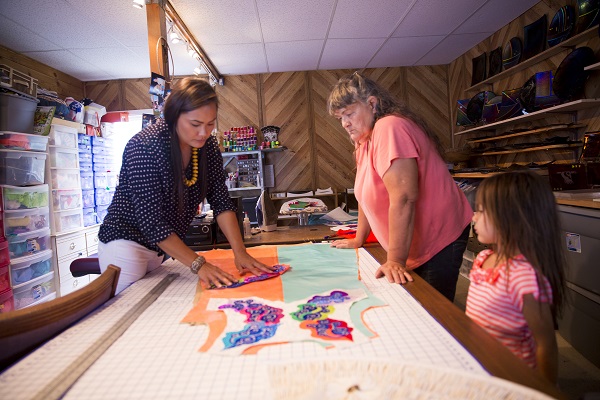
Repairing the physical damage required two major skin graft surgeries. Psychological scars lingered. “I was mad at the world,” Red Elk said. “I had these scars on my leg that I thought were so gross and ugly. They started at my knees and went all the way up to the middle of my back and front.” At age 11, Acosia walked on fire to help overcome her fears. “To this day, I love the scars, yet I don’t like them.” Her mother, Loveda Elk, said the experience has made her daughter stronger. “She’s a tough cookie, always has been,” Loveda Elk offered. “She can turn off pain. Once she gets over the fear of it, she just shuts it down. Really, really strong mind. She can dance through a lot of pain.”
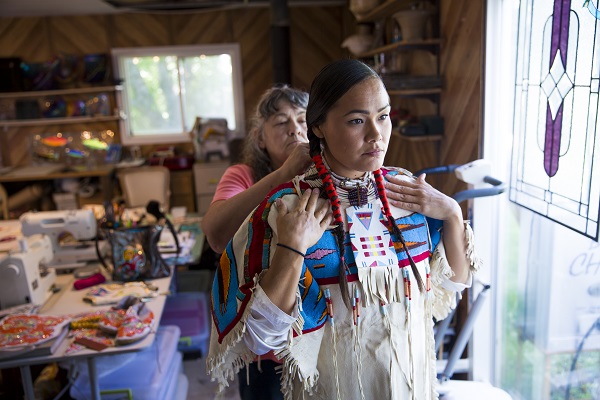
Although she danced in powwows for fun as a kid, Red Elk did not become interested in jingle dancing until age 16. “I then had these visions of being an amazing jingle dancer,” she remembered. “It’s a healing sound, that’s what first drew me in. The sound and the way the women looked. They were so regal and so proud and so confident. It just always amazed me. … I came home and started watching videos and started dissecting each dance. I watched their moves and taught myself.”
In 2014, Red Elk’s passion for dance has never been more evident. She has won eight competitions in eight tries this year. “She just stands out, like she’s different from everybody else,” said 24-year-old Kassandra Goodin, a fellow competitor and close friend. “She just has her own style. So smooth. She has amazing footwork. She dances from her heart, and you can just see it.”
The champion jingle dancer never takes any of these observations for granted. “You just know they’re in game mode. It’s like, game face on. … Every time I step foot into the arena, I still feel intimidated by every girl.”
Although she considers herself a jingle dancer first and foremost, Red Elk’s talent and influence stretch far beyond the competitive jingle dancing.
“I teach dancing, and I always tell my kids, ‘Be proud, be proud of who you are,’ because there were times growing up when I was ashamed to be Indian,” she said. “Many people here have nothing. We need to get the kids and teenagers out here and teach them how to make purses, teach them how to bead, teach them how to dance, teach them how to ride horses, how to hunt. Once they learn how to do something and get good at it, they’re going to feel good about themselves.”
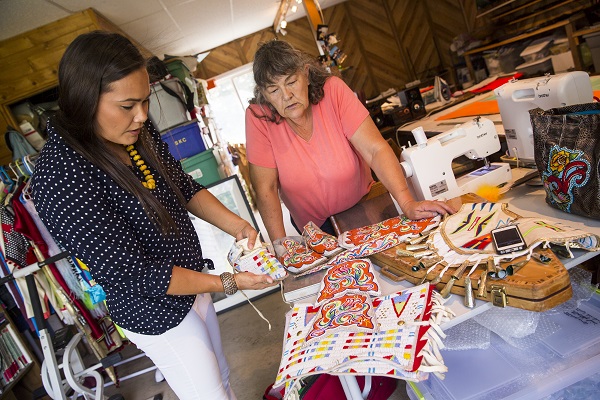
Red Elk and her mother are in the planning stages of developing a Healing Arts studio at their house. They want to use art as a way to help women and children who’ve been traumatized by addiction or abuses to get back in touch with their feelings. Together they’ll be teaching painting, glasswork, sewing and dance.
Thomas Morning Owl teaches the Umatilla language to kids on the reservation. It’s a small place where prominence does not go unnoticed. “Coming from the humble background in which Acosia was raised, she rose tenaciously by her own volition to become what she is today,” he said. “She serves as an example of what can be done and achieved. She gives hope to lots of our young children that if they follow their dreams, they can become anything they want.”
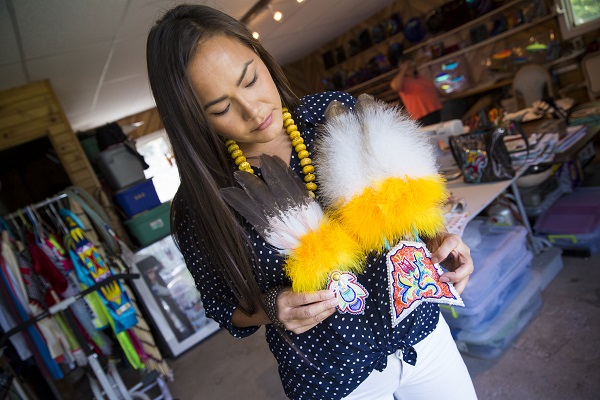
Back at the competition at Wildhorse Resort & Casino, it’s Sunday, and it’s still hot. The Short Fringe Special and Hand Drum finals have just concluded. It’s been a three-day spectacle of riveting performances with the regalia of more than 100 tribes on display. Acosia Red Elk takes second place and $800 in the Jingle Dress Dance. Undaunted by the snap in her otherwise perfect winning streak this year, she remains upbeat. The weekend is not about winning or even the money. It’s about the power of ritual and a sense of belonging.
“My favorite part of the powwow is the invocation because everyone feels connected, even the non-natives,” said Red Elk. “It’s like they understand and respect our beliefs. I feel like when people leave the powwow, they want to get in touch with their culture, to go home and to feel like they’re connected, too.”
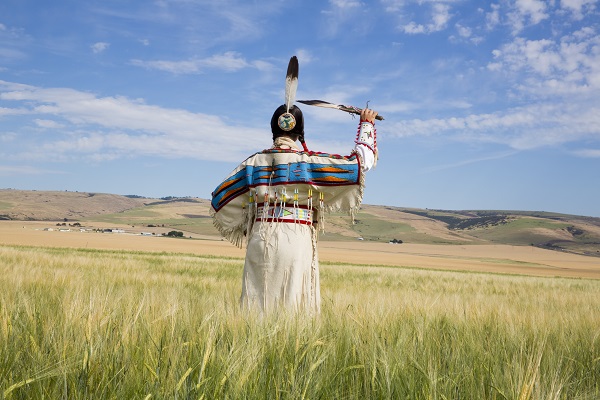




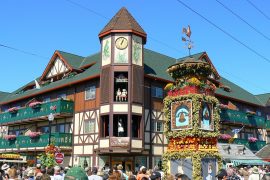
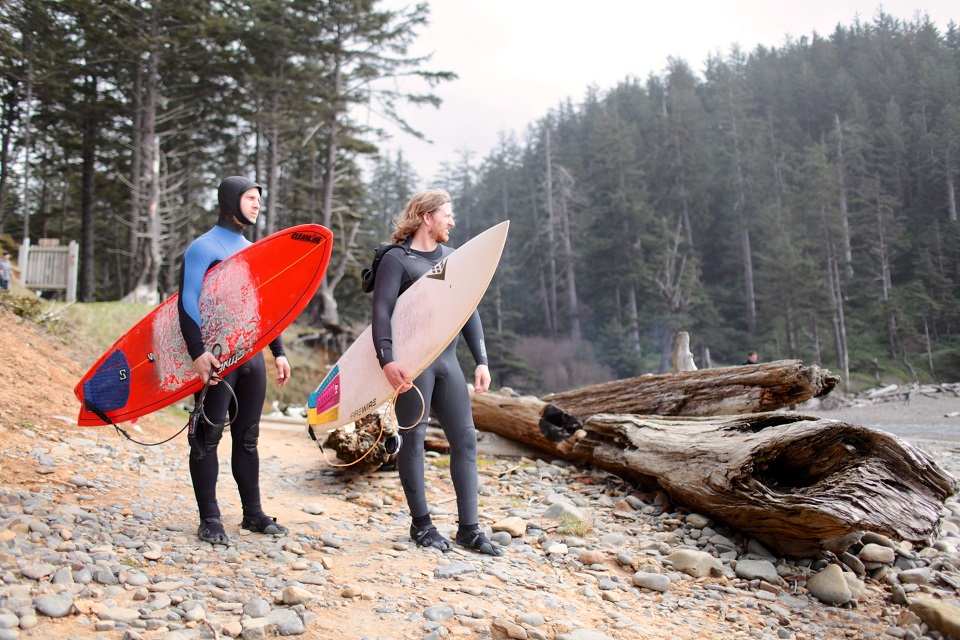



Great story and well written, Stanford Pow-wow is largest pow-wow in Northern California we in Bay area look forward to seeing all awesome dancers and singers.